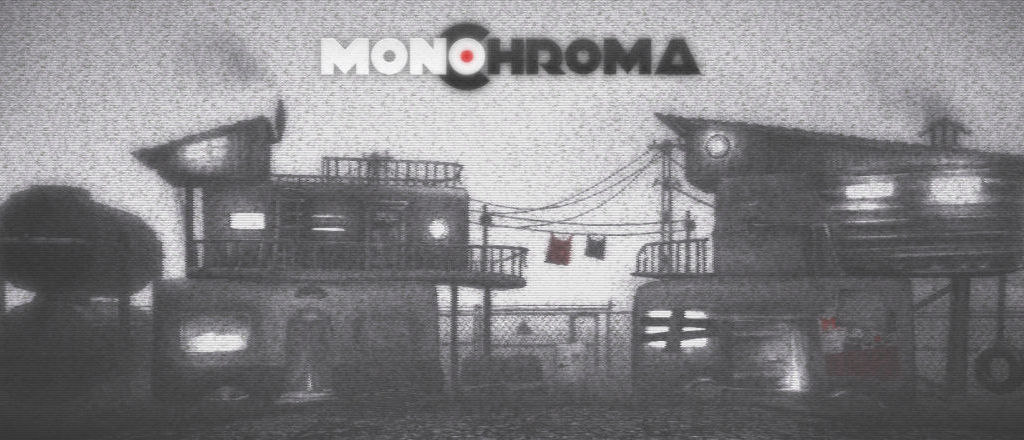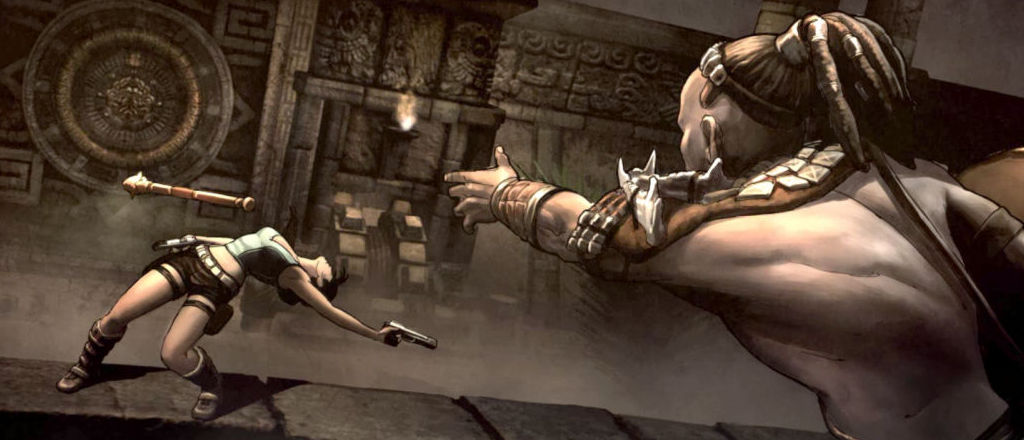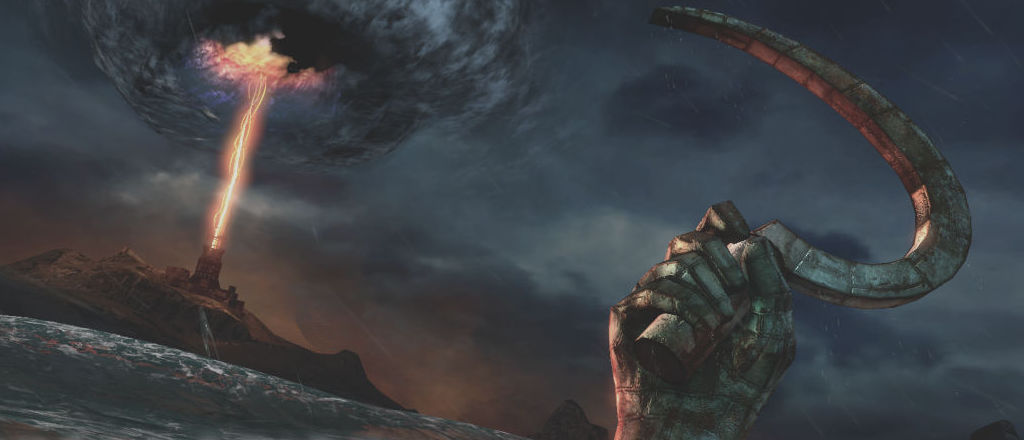Developer: Stage 2 Studios | Released: 2014 | Genre: 3PS, Adventure
I really liked this one. No enemies to fight, just a lot of astronaut exploration in epic surroundings on a strange and alien planet. At first I thought it had much of the same style and atmosphere as Evolva meets the planet exploration levels of the first Mass Effect. Then later, as the epic alien structures arrived, I thought about The Dig too. The long stretches and most of the frequent jumping puzzles didn’t bother me as I like that stuff. And this game sure had a ton of it. There were a few sadistic exceptions, but most of the time it was a great fun jumping across enormous chasms on house-sized boulders.
The astronaut had a default double jump ability almost from the start. Tap jump, then at the peak tap it again to jet a bit higher. In a few selected areas of the game, a pressure bottle gave me a temporary jet pack boost, making it possible to cross wider chasms with about five timed jump taps. It felt just right and I loved most of those sections. I was always a bit sad when I got to the point where the game told me the extra boost had run out. Later I also got a mobile crane arm. A first person view then made it possible to grab an item and drop it elsewhere , or tap buttons out of normal reach with the crane claw.


















